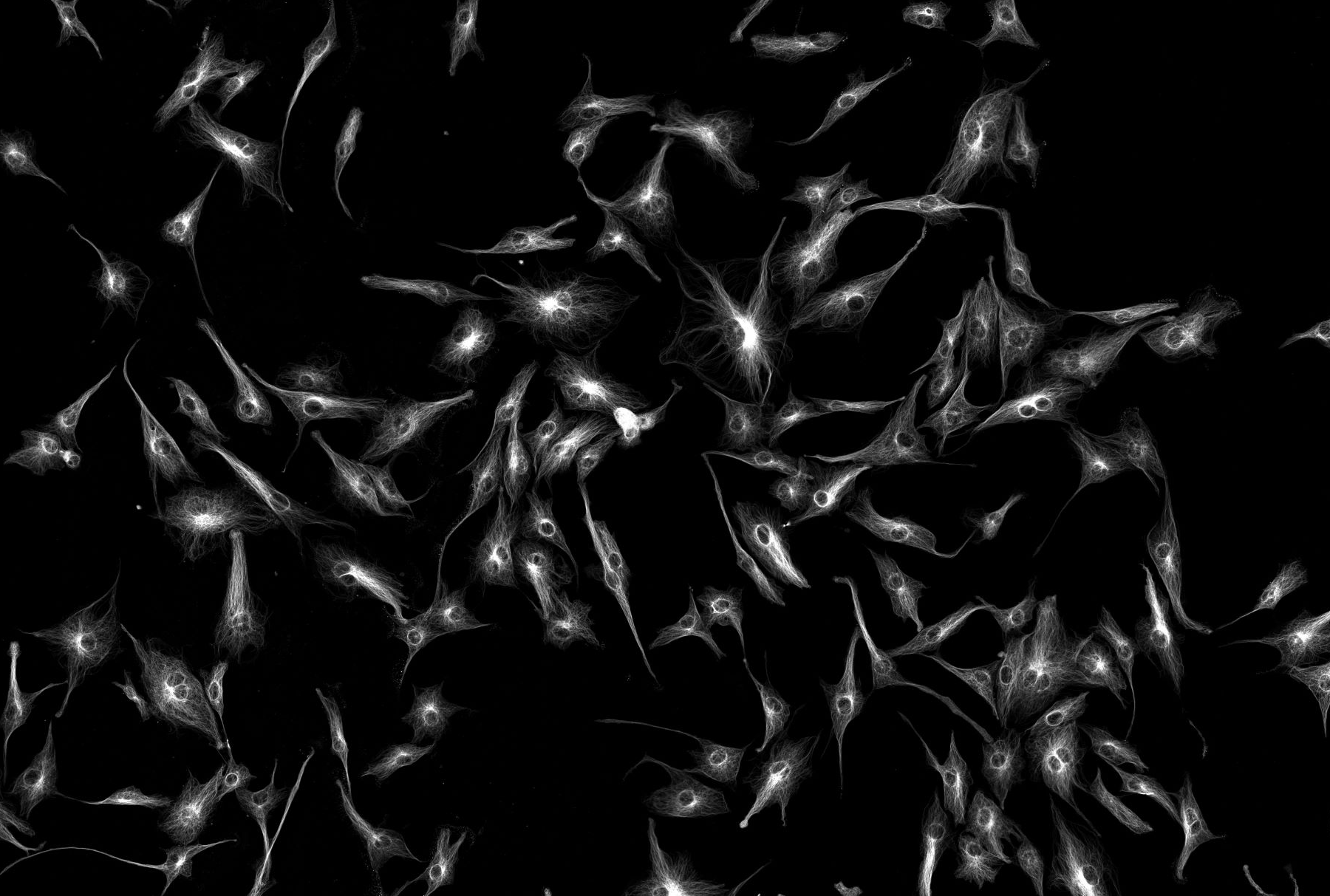Stereo Microscopy
Stereo microscopes (sometimes known as dissecting microscopes) differ from standard compound microscopes in 2 main ways. They provide a separate lightpath for each eyepiece, and they usually use an external light source and thus operate as a reflection based method rather than transmitted light.
This combination makes them ideal for visualising the surface of objects, as the reflected light highlights differences and the users obtains a true 3D image due to each eye receiving a slightly different viewpoint.
Stero microscopes work very well for low magnification work, and are usually equipped with a zoom control, allowing variable magnification with a single lens (typically about 5-150 x magnification). Systems equipped with motorised z drives are able to capture large stacks, which can be rendered to provide an in focus 3D image of the sample. Usually there are multiple options for illumination, using either a transmitted lamp base, adjustable or fixed angle spotlights, or lens mounted ringlights. Additionally, some stereo microscopes are capable of fluorescence imaging using epifluorescence.
It is important to note that the digital images captured with such instruments only use one of the lightpaths, so do not provide the full 3D view that is obtainable using the eyepieces.
